In an air-conditioned warehouse with no natural light on the outskirts of Portlaoise, Conor Gallagher takes an ancient document from a neat metal box. Opened up, it reveals a vivid portrait of Charles II, king of Great Britain and Ireland for 25 years from 1660, and an elegant, handwritten script that is still legible more than three centuries later.
Laid out on thick vellum and cumbersome to unfold, this expansive document is a royal charter in which the ruler known as the merry monarch gave lands in Co Kerry to an English nobleman.

Papers in the same box show how the properties did not revert to Irish ownership until 1904, when local farmers acquired them from Isabella Anne Oliver, a widowed landlady in Yorkshire, via the Land Commission, which organised the sale of estate lands to tenants.
One 55-acre holding in the Kerry barony of Clanmaurice was valued then at £740, a large sum early in the 20th century. “It must have been good land,” says Gallagher, a solicitor and civil servant.
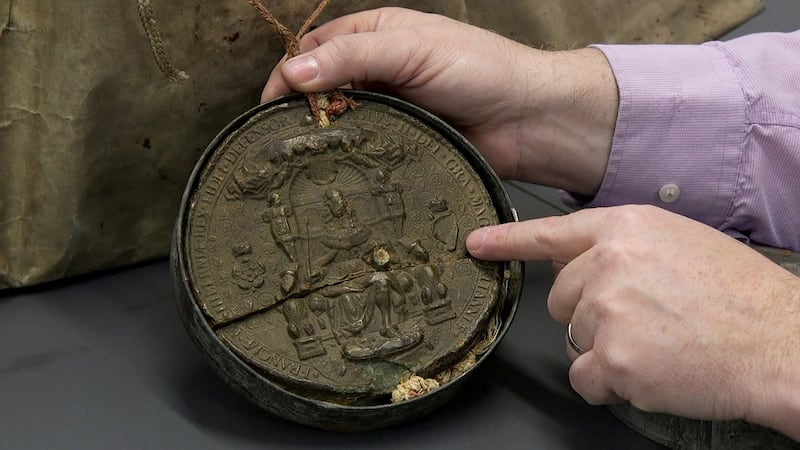
The warehouse is the home of the Land Commission’s vast archive, a veritable trove of documents that holds centuries of records on rural Irish property and the people who toiled on it, lived on it and owned it. The records are stored in a shelving system that seems to go on for many miles, with tens of thousands of boxes extending as far as the eye can see, each containing bundles of papers.
The files trace the long arc of history from conquest to land agitation, revolution, the foundation of the State in 1922 and beyond. They reflect the transformation of Ireland in the tumultuous years that followed the commission’s formation in 1881, leading to the dispersal of landlords’ estates to tenant farmers as colonial power finally broke down.

All of this constituted a massive transfer of wealth from an elite class of property holders to ordinary people. With rural land ownership central to the nationalist project, they also cover the push after independence to create a new social order with farming at its heart.
“We have somewhere between eight million and 12 million records, the detail is phenomenal,” says Gallagher, keeper of the Land Commission files and legal adviser at the Department of Agriculture, which controls them. They include “a record of almost every piece of land in the State” and the people working on it. “We’re acutely aware that this stuff is priceless and irreplaceable.”
For historians, this is akin to treasure. “Almost all aspects of the history of modern Ireland will be in some way touched upon by these documents,” says Paul Rouse, professor of history at UCD. “The social vision that was wrapped around the political revolution was rooted in the construction of a small farming country of prospering rural homesteads.”
Shielded from view
But the Land Commission collection has long been shielded from public view, off bounds for historians, accessible only rarely to researchers and the subject of persistent demands for transparency. To know the papers are there but remain beyond their immediate grasp has long been a source of rancour for academics.
“People have asked for this for decade after decade,” Rouse says, adding that the lack of access leads to a “huge absence” from the account of past events. “This is a repository of historical knowledge and its exploration is fundamental to the telling of the story of modern Ireland.”
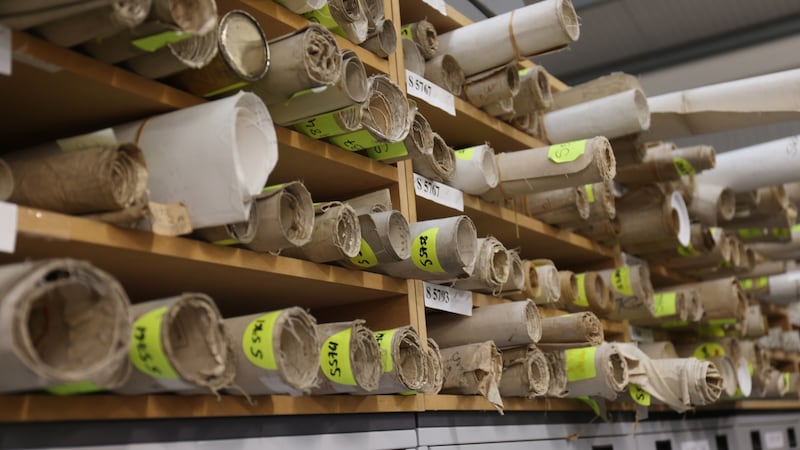
Now tentative steps are being taken to start opening at least some of the Land Commission files. Minister for Agriculture Charlie McConalogue has backed moves to digitise some 200 “search aids” in anticipation of making them available online in the same way as old census records and the military pensions archive from the 1916 Rising to the Civil War.
The search aids are made up of thousands of pages on court approvals for land purchase agreements, loan advances and repayments, and migrant books detailing how people moved from one area to another to take up land. They are a critical guide for finding individual documents among the 35,000 separate sets of records, some of which comprise dozens of boxes, in the maze-like archive.
McConalogue has set aside up to €200,000 to start the project in 2022, but expects it will take several years to complete. “The digitising of the Land Commission records will be one of the great bodies of work of its kind ever carried out in the history of the State,” says the Minister.
“It is incumbent on us to ensure that we protect and preserve these amazing pieces of history but that we also ensure that they are as accessible as possible. The project will be a long one but I am really enthused by it and I know it will stand the test of time.”
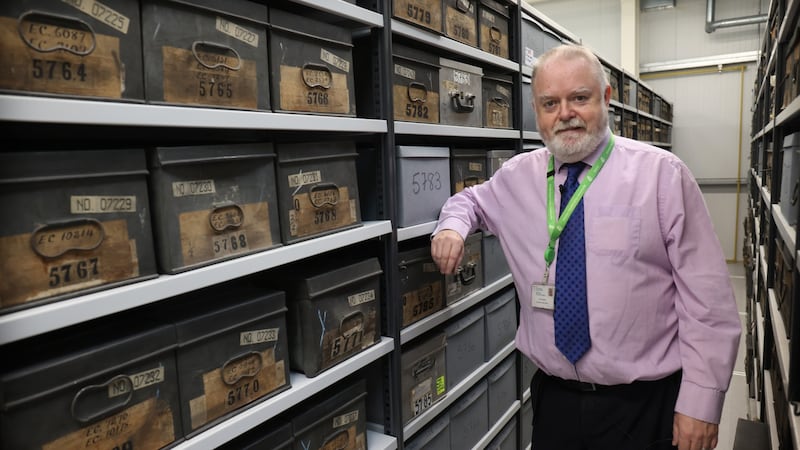
After considerable delay, there is some urgency. The search aids are in constant use because Land Commission records are a key reference source for lawyers dealing with property sales and questions over legal title and rights of way. Without them, it would be impossible to find individual records.
The Department of Agriculture says the guide files, many decades old, show “visible signs” of wear and tear because they are handled every day by officials. “It is vital to ensure that the information in these search aids is preserved for future generations as without it the records will become unsearchable.”
Portlaoise warehouse
Still, the initial scope of the project is modest compared to the vast volume of material stored in two floors in the Portlaoise warehouse. “There’s probably not a piece of rural land in the country that isn’t referenced somewhere in these boxes,” Gallagher says. “There’s a lot in the search aids but they are the key to these documents and without these you’d just be opening boxes at random.”
With that in mind, the department describes the initiative as a “responsible first step” to preserve the value of the entire collection. Digitising the search aids is “much more manageable and realistic” at this point than setting out to cover the entire collection, it says.
Preparing for this work, officials have held talks with the National Archives, the National Library, the Department of Defence and the Public Records Office of Northern Ireland.
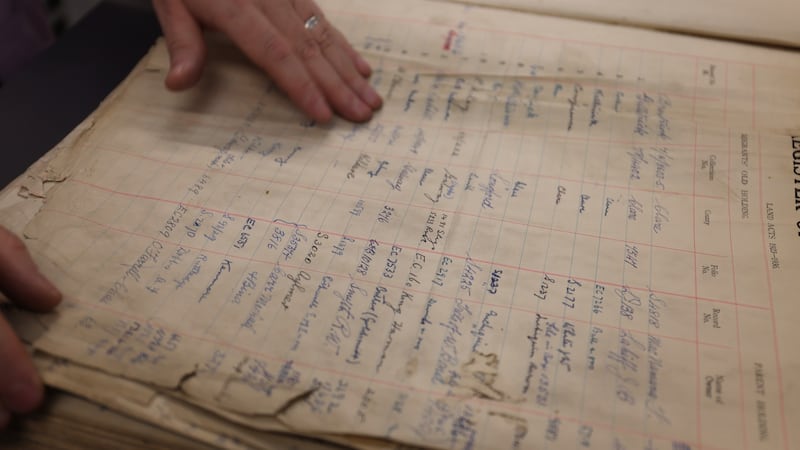
“Following consultations with colleagues in those organisations with experience and expertise at managing archives etc, we now have reservations about the feasibility of digitising the entire collection of former Irish Land Commission records,” says the Department of Agriculture. “The scale of the task and the work involved is very considerable indeed. By contrast, the Military Services Pension Collection project, which has been ongoing for 12 years, was dealing with approximately 250,000 records.”
Even though no-one seems to know the actual number of Land Commission records, the possibility that there are as many as 12 million means the collection is potentially nearly 50 times the size of the military pensions archive.
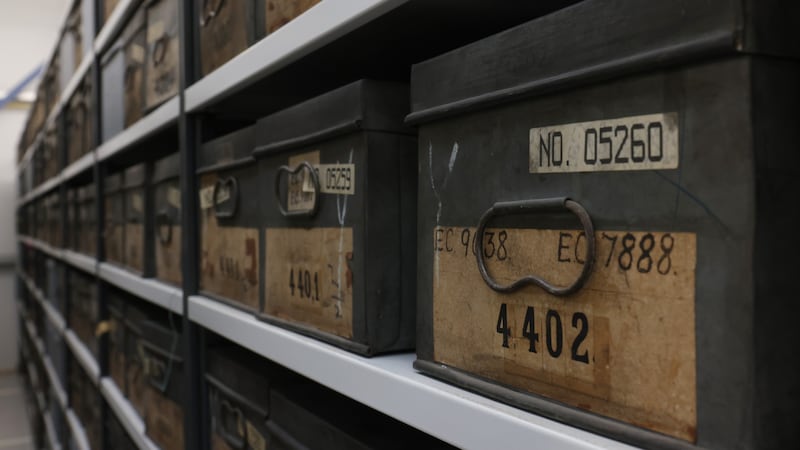
“Once the search aids have been digitised, that information can be made available to the public who will be able to conduct an online search of the collection of former Irish Land Commission records to ascertain if a specific record exists or may potentially exist,” the department says.
“While this is not the same as full access to individual records, it is an important and feasible first step that will be a vast improvement on where we are currently and a platform from which to build future public access initiatives.”
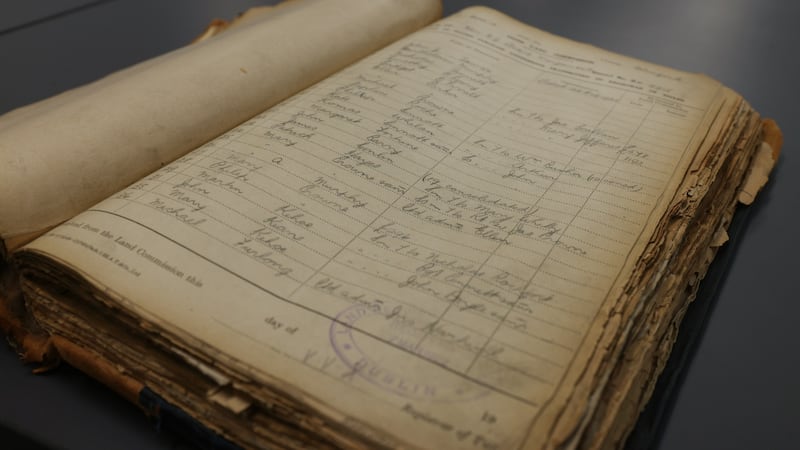
For academics such as Rouse, the relatively narrow scope has clear implications. “Having the searching documents will be really useful in the sense that we will get an even greater handle on the scale of what’s available here. But it will also be deeply frustrating because it will be a tease as to what lies beneath it - and really for historians it is in the detail of what lies beneath that the story of modern Ireland lies,” he says.
“Anybody who is aware of the scale of the material here understands that this is a process that will not be completed quickly. But the very fact that it is being undertaken is a signal moment.”
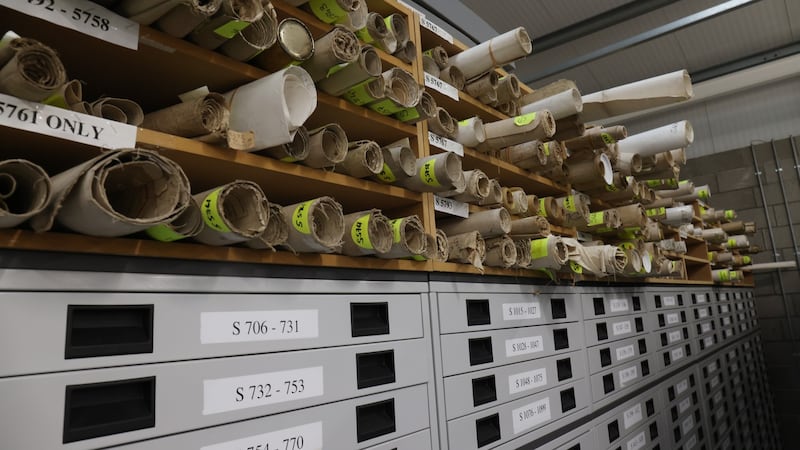
The very scale of the collection is not the only barrier to transparency. One reservation long expressed is that the records comprise working documents, necessitating ready access for legal scrutiny, the argument being that it is not simply an archive in the purest sense.
Sharp judgment
Privacy is another consideration, going far beyond detail on who received what land for how much money all those years ago. The files contain inspectors’ reports that are said to cast sharp judgment on the abilities and prospects of individual tenant farmers and their families.
Opening up large, cloth-bound volumes of records that are as heavy as a brick and as wide as a desk, Gallagher tells how the papers reach into the personal lives of people who are long gone.
“There are things like marriage agreements, settlements, wills, stuff like that. On the Land Commission side, there would also be the inspectors’ reports. They would say: ‘I went out and I spoke to the tenant. There are this, that and the other’; what ages, whether inspector felt that they were a good farmer, or a good risk or whether the land was good or bad. So there’s an awful lot,” he says.

“We’re restricted by who can access the documents because there’s legislation in place from 1923 and 1939. Part of that would have been to guard people’s privacy back then and we’re still operating under that. So there are restrictions on who can actually access documents. When the digitisation project is further advanced, we’ll probably seek to amend that legislation to allow for public access but that’s further down the line.”
But there is more. The distribution of land that went on long after independence was subject to intensive local politicking as large farms were broken up into smaller entities.
This meant Land Commission decisions were often contentious, with as much potential to crush people’s hopes as to fulfil them. Although institutions are inclined to obscure the darker details of their past work, Rouse says records on how people received farms and land are key to understanding how politics worked back then.
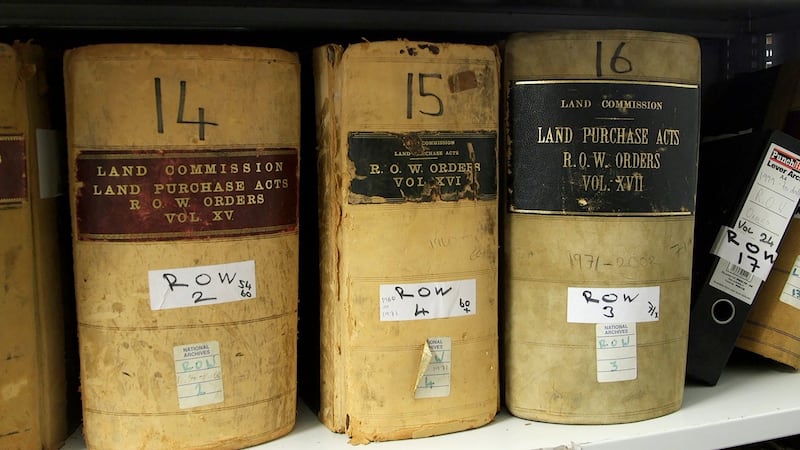
“You have someone who has seven or eight acres looking to get up to 15 acres or someone who has 15 acres looking to get up to 25,” he says, describing the clamour for land as people petitioned TDs.
“In all of this there is a scramble of power between people who are either Fianna Fáil or Fine Gael on the one hand, but also people who are of no party trying to find a foothold in rural life.
‘Networks of privilege’
“It tells the story of networks of privilege, networks of access and networks of patronage in independent Ireland and the manner in which a government department or an instrument of State sought to operate all while being lobbied by politicians who were themselves being lobbied by constituents. It tells the story of a divided State where the scramble for political patronage was essential for retaining a seat.”
In all likelihood it will be many years before records from that time are opened up. Walking around the warehouse, Gallagher says the files under his stewardship present a different and an “exponentially” bigger challenge than the military archives because many of the documents are bound and not of standard size.
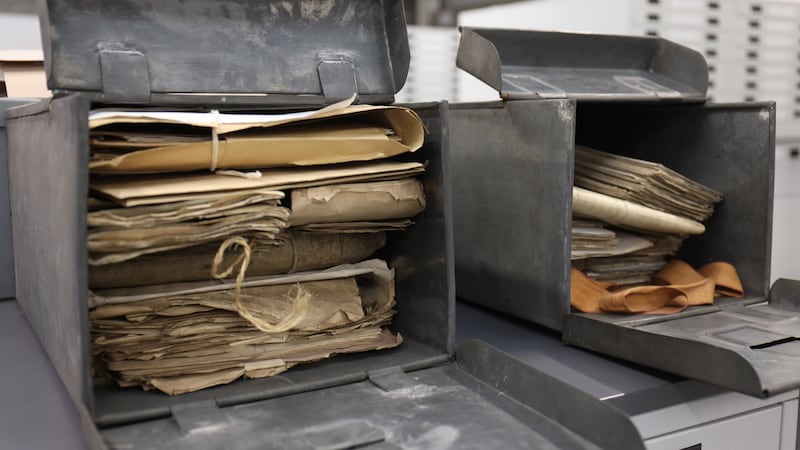
Still, the move to digitise the search aids has set a process in motion. “We have no vested interest in keeping any of this hidden. We want to work towards it being available to researchers,” he says,
The records here reflect much more than the passage of time. The Charles II charter is authenticated by a royal seal in wax that includes a harp to denote what then was the kingdom of Ireland. The grant of lands in this instance was undertaken “by the grace of God”. By contrast, Ms Oliver’s property was sold under a Westminster act. Then came the laws of the Dáil and Seanad.










